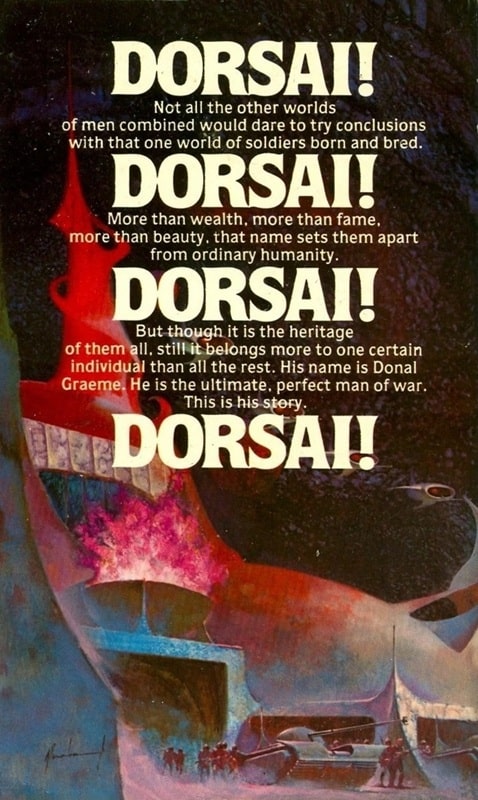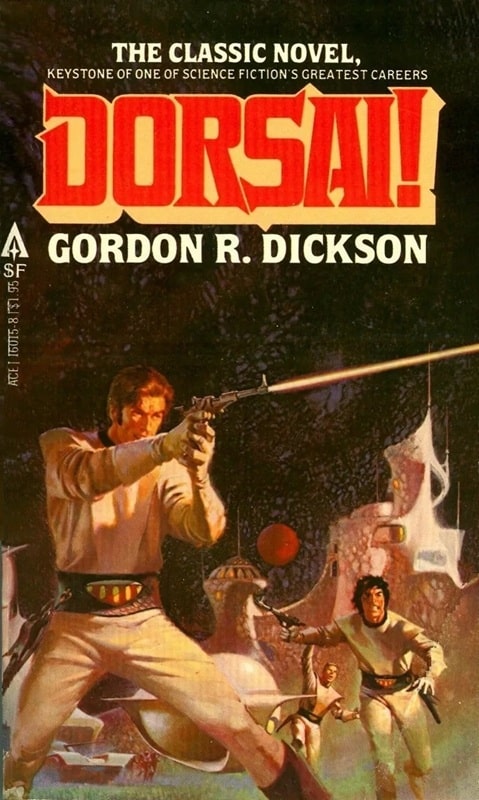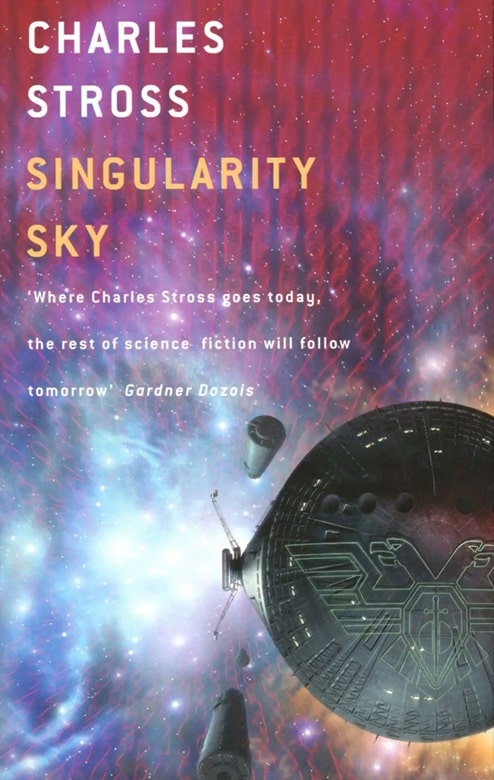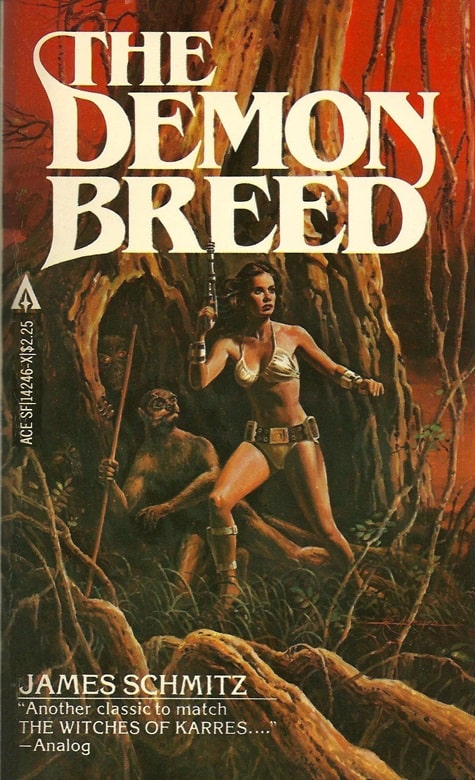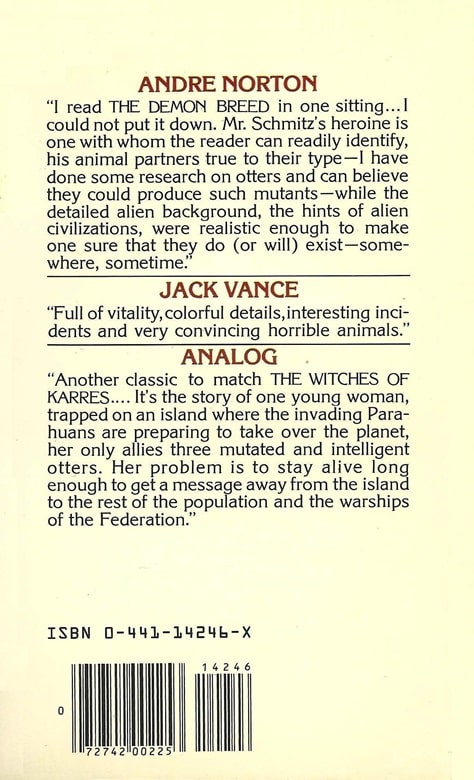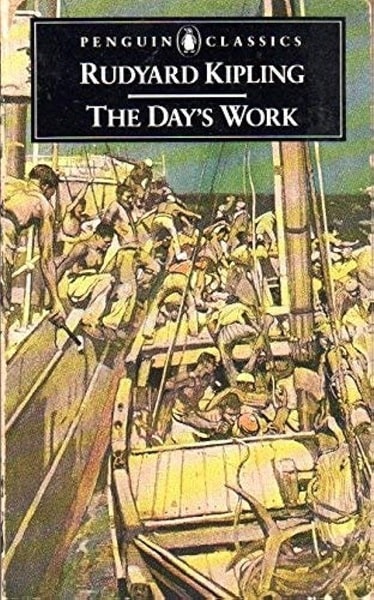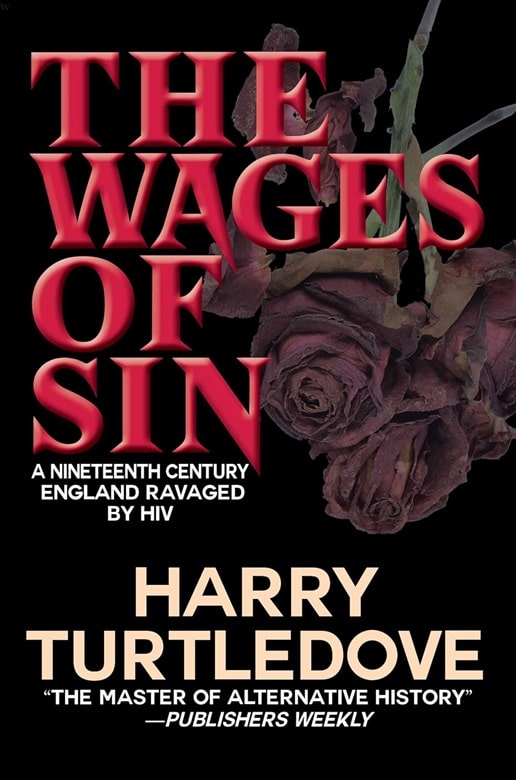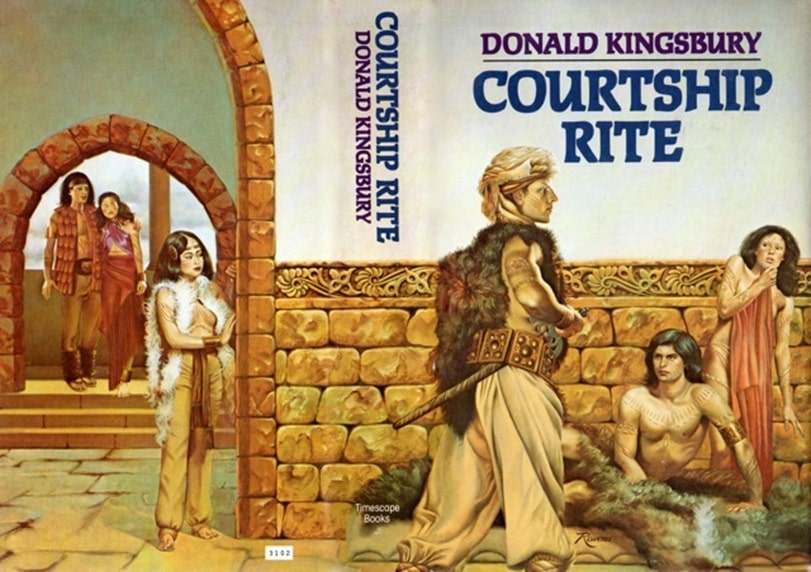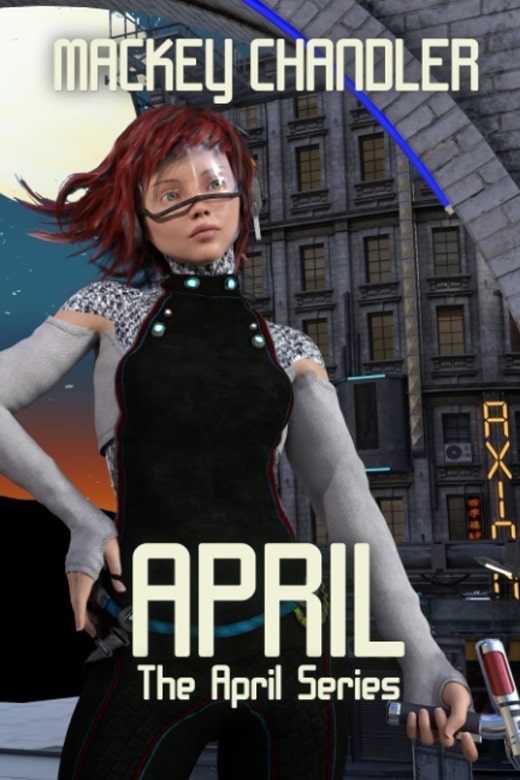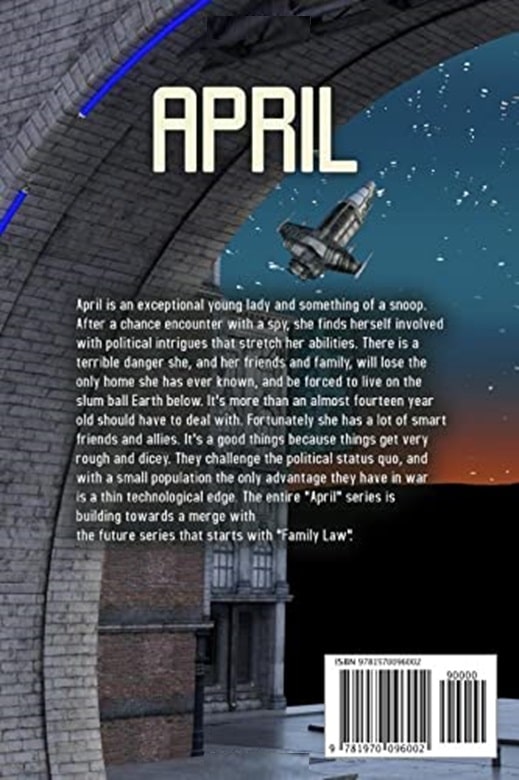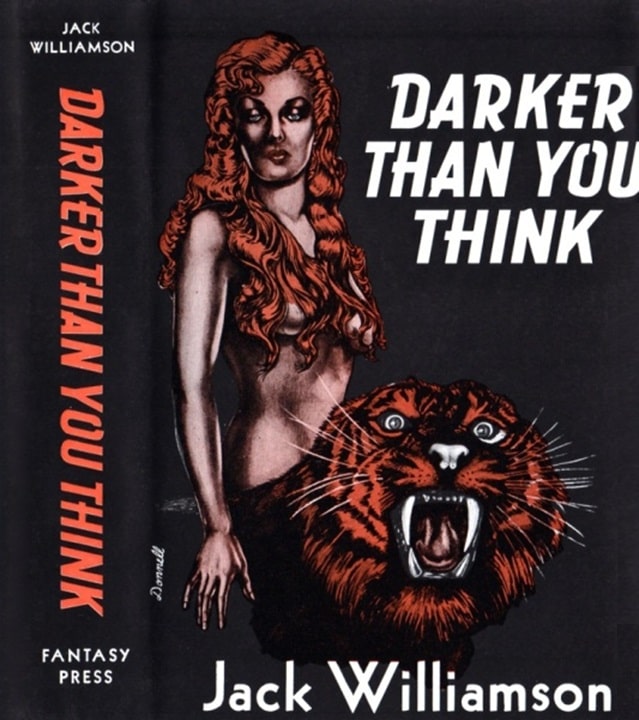A Kind Heart and the Right Sort of Hands: Carbonel, the King of the Cats by Barbara Sleigh
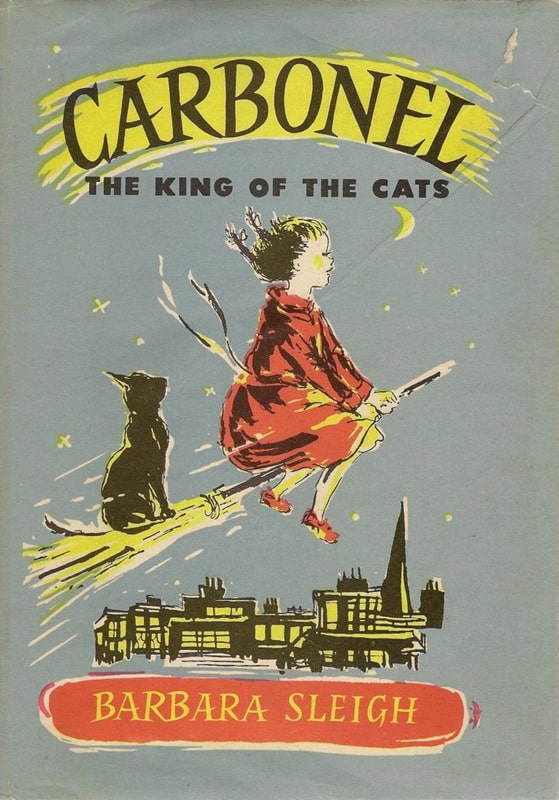
Over the past few years, I’ve started tracking down books I read as a child and still remember, to see what I think of them now. Some of them I’ve had to buy; but I live close to a university library, which still has others on its shelves. I just reread Barbara Sleigh’s Carbonel, the King of the Cats (illustrated by V.H. Drummond), originally published 1955, and enjoyed it enough to think it deserves a review.
Sleigh was clearly an aelurophile; this book is dedicated to one cat and to the shades of four others. I’m pleased that its feline hero, Carbonel, is a black cat (as his name suggests!) — a breed that doesn’t get as much love as it deserves. He has very convincing catlike manners, mixing condescension, sarcasm, and occasional affection. At the same time, he fits one of the classic story formulas, being a lost heir of royal birth, with a title that he hopes to reclaim.
